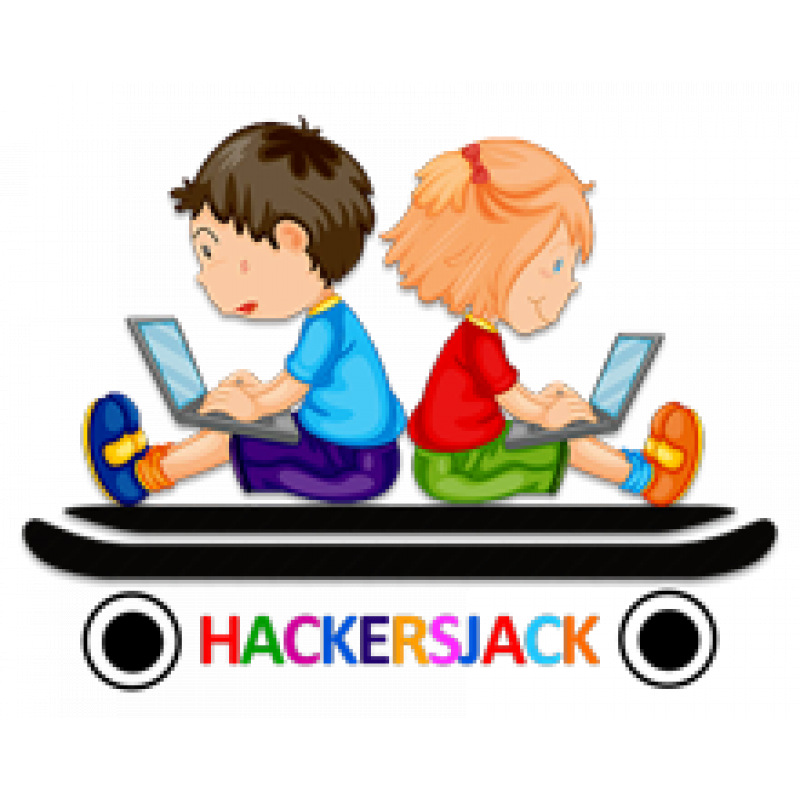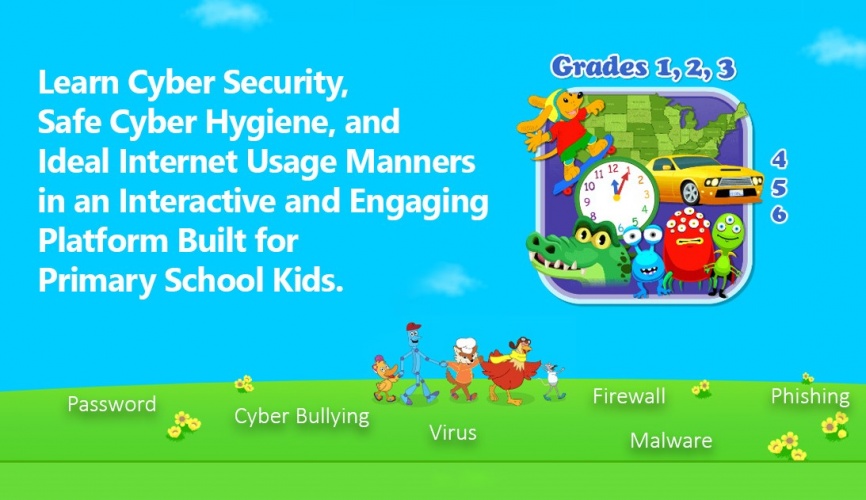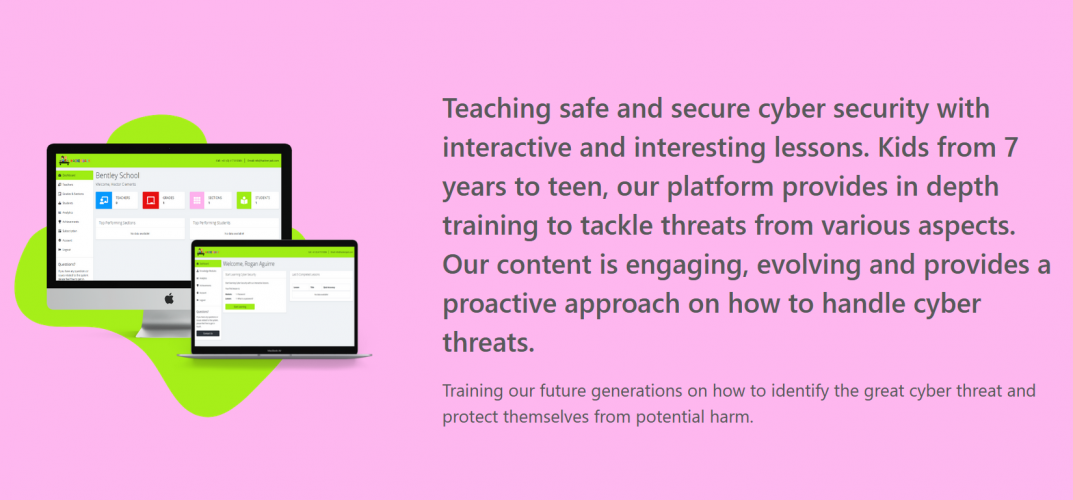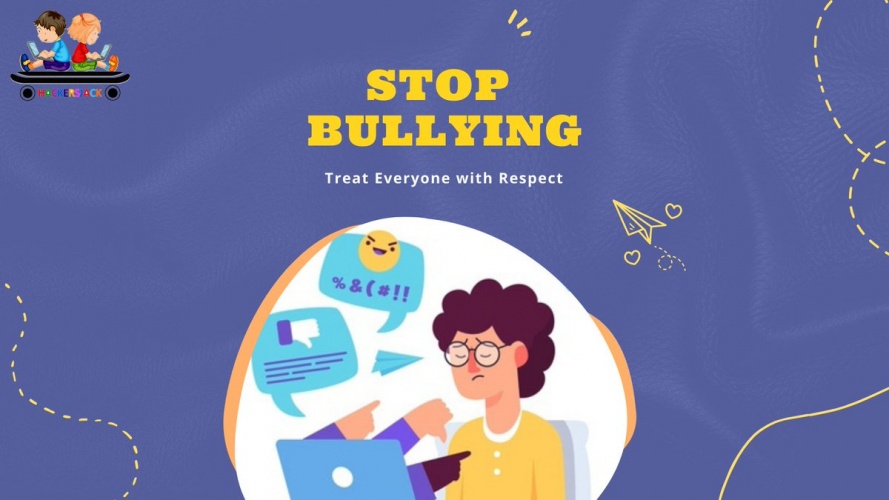
Hackersjack
Hackersjack is a knowledge hub that educates children about cyber security, and prepares them to tackle all the different challenges of online world, like cyber bullying, scams and phishing.
Their interactive and engaging platform starts from the very basics, and both schools and parents can easily utilize the materials to train children to recognize any potential online threats and protect themselves from harm. Hackersjack's analytical tool also provides parents insight of their child's learning development and daily reports of any new online threats.
The pedagogical analysis covers how the product supports learning of the identified skills. The student’s role is assessed by four contrary pair parameters, which are selected to cover the most essential aspects on the use of the product.
The following are the high educational quality aspects in this product.
The supported learning goals are identified by matching the product with several relevant curricula descriptions on this subject area. The soft skills are definitions of learning goals most relevant for the 21st century. They are formed by taking a reference from different definitions of 21st century skills and Finnish curriculum.





User reviews for Hackersjack
You need to log in to post a review.